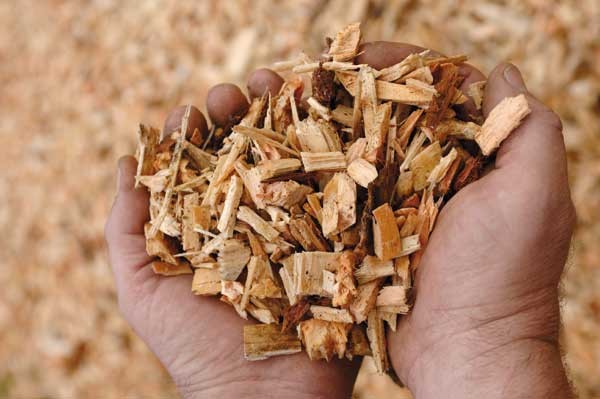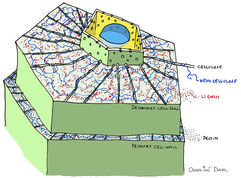SapphireLightning
Forum Legend
.
Will you be including wood feedstock in your biogas digester? How will you be breaking down the lignin of the lignocellulose? That stuff is really resistant to decomposition.
Feedstocks | Anaerobic Digestion
» Feedstocks | The Official Information Portal on Anaerobic Digestionwww.biogas-info.co.uk

Microbial biogas production from hydrolysis lignin: insight into lignin structural changes - Biotechnology for Biofuels and Bioproducts
Background The emerging cellulosic bioethanol industry will generate huge amounts of lignin-rich residues that may be converted into biogas by anaerobic digestion (AD) to increase the output of energy carriers from the biorefinery plants. The carbohydrates fraction of lignocellulosic biomass is...biotechnologyforbiofuels.biomedcentral.com

Lignocellulose: A chewy problem - Nature
The inedible parts of plants are feeding the next generation of biofuels. But extracting the energy-containing molecules is a challenging task.www.nature.com

You should be careful when trying to article dump like that. The first 2 random links you provided to me talked about how it is easy to digest the sugar component of cellulose, but they also want to get energy from the lignins as well, and are articles about how to do that. One of the links did mention that lignins can slightly hinder digestion, but as I would need 30 minutes to an hour of cook fuel with 2 hours being bonus (and considering this would also be to deal with waste and produce fertilizer as well) everything I have seen, whether it be people who have been using such systems for years, as well as all of the maths, it shows that it works. 10 to 20 liters of expected home/farm/etc waste a day will give me more than enough fuel and deal with the waste. You seemed to have latched on to this from the start as though it is some sort of scam (and maybe that self inflating thing is, I only mentioned it in passing), to the point you posted a bunch of links that didn't even truly support your stance.
